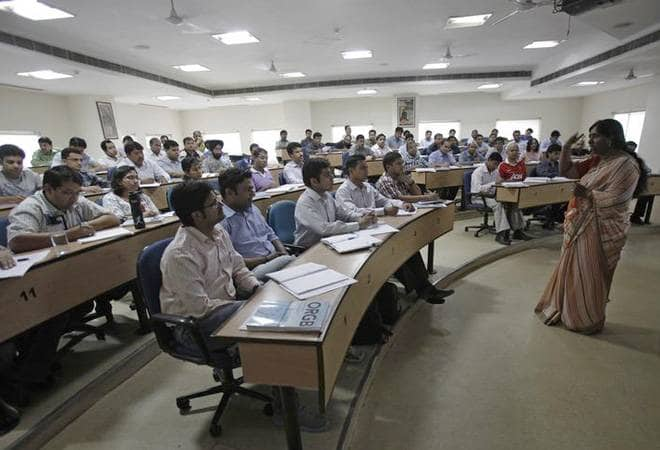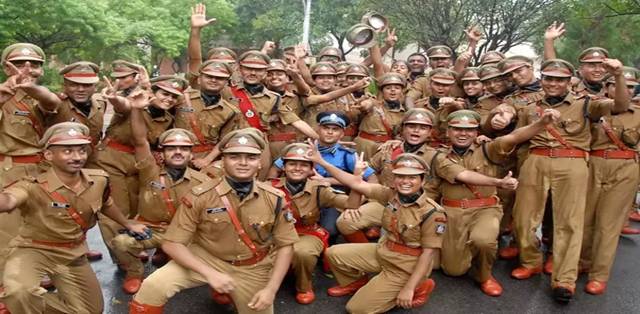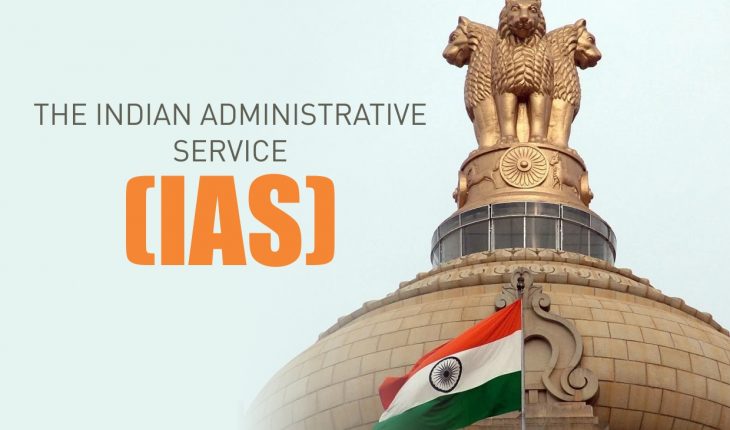Colonial Civil Service to Indian Administration Service
The British came up with the plan of Indian civil service at the time of the colonial period. The British government mostly referred to the Indian Civil Service as a steel frame. Several Indian leaders who were involved in the Independence movement discovered colonial civil examination as a tool of foreign domination. However, in later years, they started to understand and appreciate the benefits of appointing a well-qualified institutionalized administration.

The constitution inaugurated IAS or Indian Administration Service so as to substitute colonial civil service. It was also ensured that the exam is conducted in an impartial and uniform ethics of administration in certain fields, motivate a national opinion, and promote the effective organization in economic and social development.
Read More About : India’s ISRO Sends 10 Satellites In One Go Sets World Record
The Union Public Service Commission appointed recruits who are university graduates chosen through a strict method of oral and written examinations. In 1988, about 85000 candidates attended the exam and only around 150 individuals were recruited and given an appointment for the post-IAS or Indian Administrative Service.
IAS officers mostly belong to educated and affluent classes. There have been several efforts to hire individuals and women from Scheduled Tribes and Scheduled Classes so as to improve the variety of civil service. Several IAS Coaching Centres in Chennai were set up to motivate and train the aspirants.
Training For Recruits

The recruits were given training at an academy located at Mussoorie in Uttar Pradesh. They are trained as managerial generalists. Further, the recruits will be taken into the period of probation and apprenticeship in the state and central governments. About 70% of officers work in the state administration and the remaining officers work under the central government.
Several dedicated individuals attended the exam by getting training and guidance from the civil service coaching institutes and they successfully filled the position. But still, corruption remains a major problem. It is mainly because civil servants are put under severe political pressure.
During the early stages of the British government in India, there were two sets of civil servants. The higher employees are those who were eligible to enter into agreements with the British company. They were referred to as covenanted servants. The employees who were not eligible to sign such agreements are referred to as uncovenanted. The lower positions come under this group.
The differences came to a conclusion with Imperial civil service which depends upon the Public Service Commission recommendations. At that time, the constitution announced there will be two all India services – IPS and IAS. Later, the Indian Engineering Service and the Indian Forest Service were established under the constitutional provision. The civil servant’s responsibility is to run the administration of India that is diverse and vast requiring efficient management of human, economic and natural resources. Read more info about the IAS and IPS Services.
The structure of civil services undergoes a particular pattern. The State Services, Central Services, and All India Services establish civil services.
Organization of the Indian Civil Service
Training program for IAS or Indian Administration Service
Basic training program

1st phase: It is a two-year training programme that begins with foundational training-first phase. It lasts for about 9 months. The training will be given at Lal Bahadur Shastri National Academy of Administration.
2nd phase: During the second phase, the IAS trainees would spend 12 months in the place they have been given postings. They will be in the allotted state throughout the second phase.
3rd phase: Once they complete training in the allotted state, they would start to report to the academy for the next three months.
In-service training program:

Compulsory in-service training: It is compulsory for them to attend two weeks of training while they are in the service from 6 to 9 years. In the same way, they need to attend two weeks training while they are at the service from 10 to 16 years and 17 to 20 years.
Optional in-service training: It is optional to attend the one week program as per flexible training policy, long or short duration training abroad and long duration training programs at IIPA (Indian Institute of Public Administration).
The training methodology
The training methodology includes the following:
Hands-on sessions
Group work
Experience sharing
Case study
Panel discussion or workshop
Library study
Lecture sessions
Evaluation of training
It means assessing the way the trainees perform the job. It is the method of determining how trainees perform the assigned job. It also showcases the effect of a training programme on the trainees. Several aspects need to be covered including the training process, administration, organization, and results.






